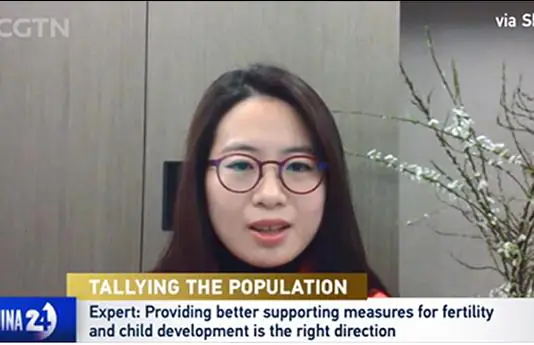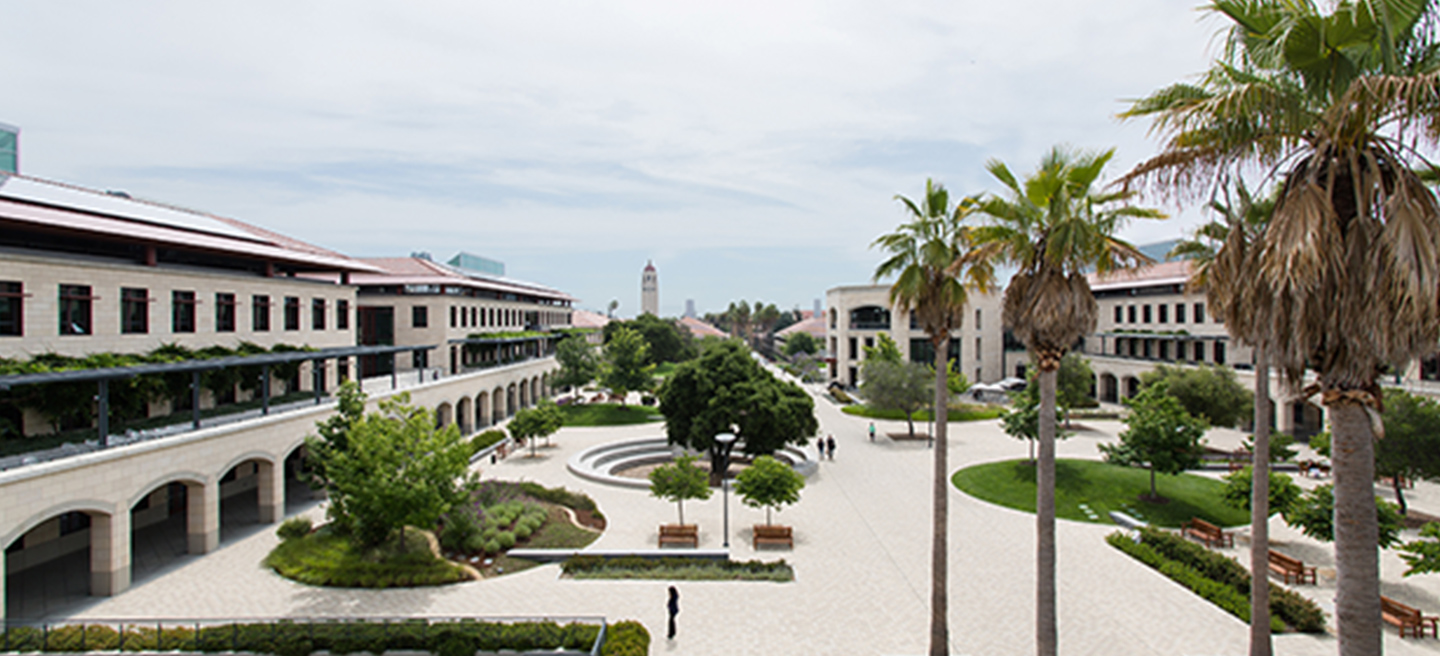As the most populous country, China has taken full advantage of its large workforce to become the world’s biggest manufacturer. However, in recent years, its birth rate has been decreasing and is projected to half in the next 45 years. In 2021, China updated its family planning policy to allow couples to have three children, aiming to save its declining birth rate. CKGSB Assistant Professor of Economics, Zhong Ling, recently shared her analyses on CGTN of why China’s birth rate is dropping and how effective the new policy will be to sustain the nation’s demographic growth.
Moderator: How would you interpret China’s falling birth rate amidst its rapid economic development?
Professor Zhong Ling: This is a natural stage of economic development. I think it’s a good sign, because it’s a process that most, if not all of the developed countries have gone through or are going through right now. The decreased birth rate comes with the increased quality in child development and is also the result of the rapid economic development. In economics, we usually call this the “quality versus quantity trade-off”. When a fixed amount of family resources has to be allocated, the more kids you have, the fewer resources and attention you can give to each kid. But, if we have economic development, people can get around that constraint and potentially either increase the quality of the childrearing, or have more children.
Moderator: China has been loosening its family planning policy to boost the birth rate. But let’s face it. The reality is the window is closing for older couples, and for the younger couples – those who were born after the 90s and even the millennials – they are reluctant to have even one child. So, will this policy work in the long term?
Professor Zhong Ling: Loosening the family planning policy or the child policy is definitely having positive effects. First of all, the relaxed child policy has boosted fertility. According to the National Bureau of Statistics, China had 30 million more kids between 0 and 14 years old than they did in 2010. This proof of 1.35 percentage point increase is the realized effect of the new child policy.
But we have to admit that the magnitude of the child policy effect is limited. This is because the policy targets families with at least one child. But as you said, a major contributor of the low birth rate is young couples without any children. We see that there’s a drop in the birth rate, but we have to look at how the overall birthrate is calculated, as the decreasing rate of adults giving birth and the decreasing rate of the elderly can both lower the birth rate. This is why Ning Jizhe, the commissioner of the National Bureau of Statistics, mentioned fertility and life expectancy at the press conference, when he was asked about the birth rate. So by definition, using the birth rate to judge the effect of the recent child policies may not be fair in the first place.
But if we look at our current policy focuses of the national and regional governments, they are providing better supportive measures in fertility and child development. Despite the additional financial burden to the government, this policy direction is absolutely correct, because lowering the parents’ costs of raising children can encourage fertility in general, no matter how many children the parents already have.























